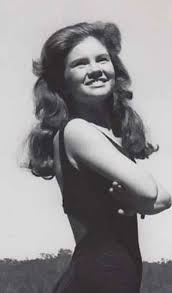Leave It to Beaver: A Timeless Icon of American Television

Introduction
‘Leave It to Beaver’ is not just a television show; it is a significant part of American cultural history. Premiering in 1957, the series offered a lens into the idealized suburban life of the post-war era, making it a beloved classic that continues to resonate with audiences today. The show’s portrayal of family dynamics, childhood adventures, and moral lessons provides insight into the values and social norms of the time.
Overview of the Show
The series centers around the Cleaver family—young Theodore “Beaver” Cleaver, portrayed by Jerry Mathers, his older brother Wally (Tony Dow), and their parents, Ward (Hugh Beaumont) and June Cleaver (Barbara Billingsley). Set in the fictional suburb of Mayfield, the show reflects the quintessential American family of the 1950s, often navigating the challenges of childhood and adolescence. Each episode typically presents Beaver encountering everyday dilemmas, with his family providing guidance and support.
Impact and Legacy
Despite its innocent premise, ‘Leave It to Beaver’ addressed many themes relevant to its audience, including friendship, responsibility, and the consequences of mischief. The show’s format of combining humor with life lessons allowed it to appeal to both children and adults, securing a dedicated fan base that spans generations. It transitioned to reruns quickly post-cancellation in 1963, cementing its place in pop culture.
Over the years, the series has influenced many other family-oriented sitcoms and has inspired numerous reboots and adaptations. Notably, a television movie and a sequel series were produced in the 1980s and 1990s, demonstrating the show’s enduring appeal.
Current Cultural Relevance
As of 2023, ‘Leave It to Beaver’ maintains a presence in the cultural zeitgeist through its continued airing on various streaming platforms and television channels. The show’s themes of community and family continue to resonate, especially during times of social change. Moreover, the show’s nostalgic elements now serve as a reflection on modern society’s evolving notions of family and childhood.
Conclusion
‘Leave It to Beaver’ holds a significant place in American television history and cultural storytelling. Its depiction of family values, where moral lessons are delivered within a humorous context, offers not only entertainment but also insights into the era it represents. As media continues to evolve, the classic charm and themes of ‘Leave It to Beaver’ remain relevant, serving as a reminder of the simplicity and warmth that family-focused narratives can provide.









